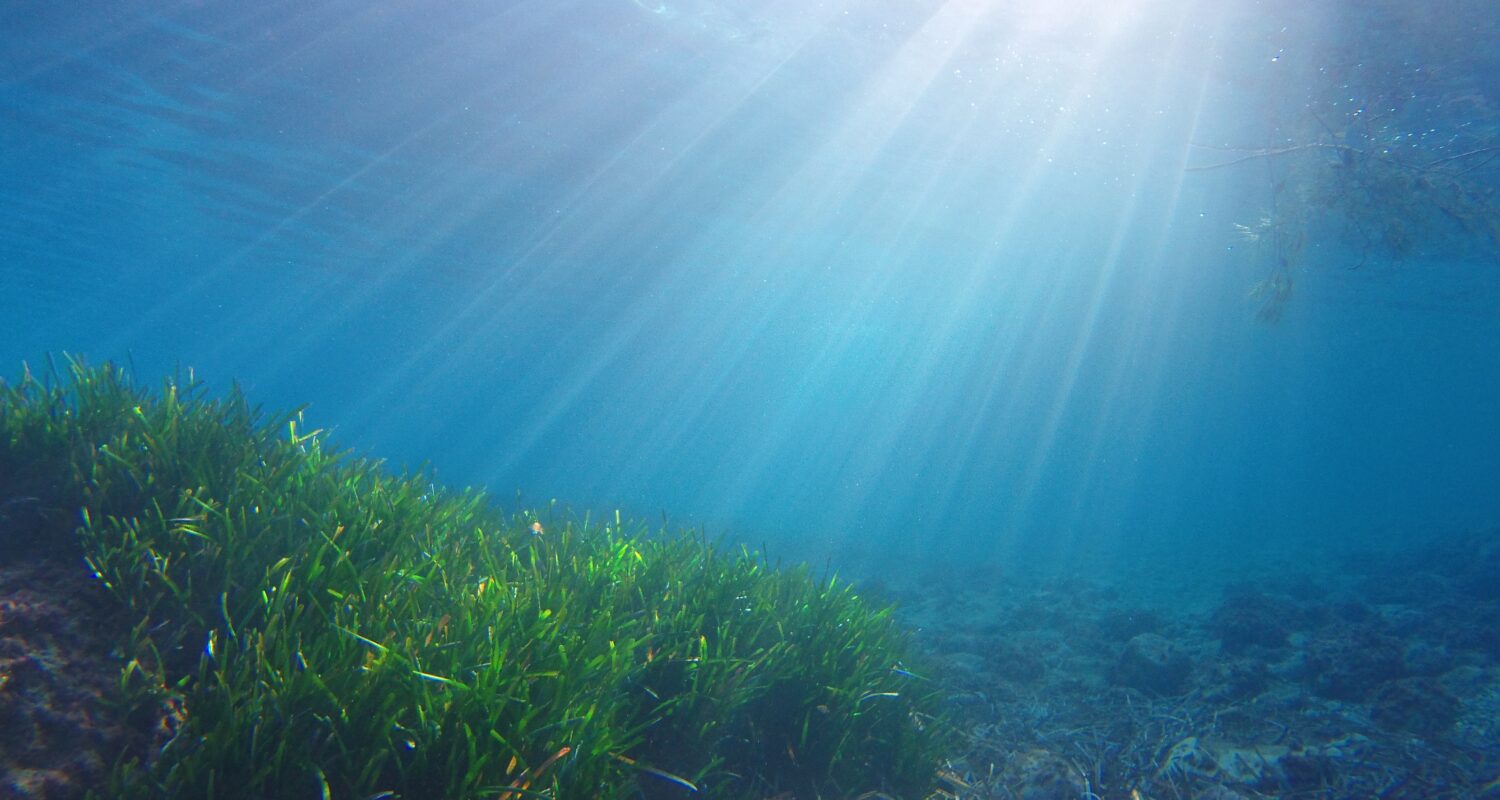Häfker, N. S., Connan-McGinty, S., Hobbs, L., McKee, D., Cohen, J. H., & Last, K. S. (2022). Animal behavior is central in shaping the realized diel light niche. Communications Biology, 5(1), 1-8. DOI: https://doi.org/10.1038/s42003-022-03472-z
A massive migration, every day
Almost all living things have rhythms in behavior and physiology that follow the Earth’s 24h day/night cycles. These rhythms are regulated by internal circadian clocks. Every day in the Earth’s oceans, many species of zooplankton and fish participate in one of the largest migrations on the planet, called diel vertical migration (DVM). Animals that perform this daily behavior spend the day hiding in deep water to avoid predators, and rise up to the surface at night to feed. DVM is enormously important for marine ecosystems because of the sheer number of organisms involved. It determines the structure of food webs and controls the flow of nutrients and carbon from shallow to deep waters.

Light is in the eyes of the beholder
The daily light cycle is an important signal that determines when, and how deep, animals migrate. Scientists have known for a long time that zooplankton sense and respond to light, and migrating animals avoid light in order to hide from predators. Because zooplankton migrate, the amount of light that they actually experience in a given day differs from the amount they would receive remaining at a constant depth.

Diagram of light attenuation in the open ocean. Image source: NOAA, Public domain, via Wikimedia Commons
In a recent study, scientists considered what the daily light cycle would look like from the perspective of zooplankton as they migrate up and down in the ocean. First, they measured the positions of animals in the water using an “echosounder”—a type of sonar that uses sound waves to detect objects. The researchers then used their knowledge of light attenuation with depth, along with the optical properties of zooplankton eyes, to model the light field throughout the day from the perspective of the zooplankton. Their first finding is that the animals experienced smaller changes in light intensity when they migrated than if they stayed at a constant depth. This is important because it might make it more difficult for the animals to sense the time of day.
Earth is a blue planet
The scientists found that DVM affects not only the amount of light animals perceive, but also its colour. Light becomes weaker, or attenuates, as you go deeper in the water column. Different wavelengths of light penetrate to different depths because water absorbs certain wavelengths more easily, with short wavelengths, such as blue light, penetrating the furthest. This is why, if you dive deep enough, you can only see in shades of blue. Therefore, the vertically migrating animals experienced different combinations of wavelengths of light throughout the day. At the surface, all wavelengths of light change in a similar way over 24h. However, because the animals spend the day in deeper, bluer waters, the strongest changes in light intensity occurred in the blue wavelengths. Red light, which is the first to disappear, did not have a reliable daily cycle.
The relative importance of different wavelengths of light in the ocean might allow animals to optimize light perception and sensitivity for certain wavelengths. If a migrating animal wants to know what time it is, it should pay special attention to blue light, and can probably ignore longer wavelengths like red light (indeed, the eyes of crustacean zooplankton are often most sensitive to blue light). In any case, this study shows that an animal’s behavior strongly affects the environment that it experiences.
Cover photo in the public domain.

I am a PhD student at MIT and the Woods Hole Oceanographic Institution, where I study the evolution and physiology of marine invertebrates. I usually work with zooplankton and sea anemones, and I am especially interested in circadian rhythms of these animals. Outside work, I love to play trumpet, listen to music, and watch hockey.

